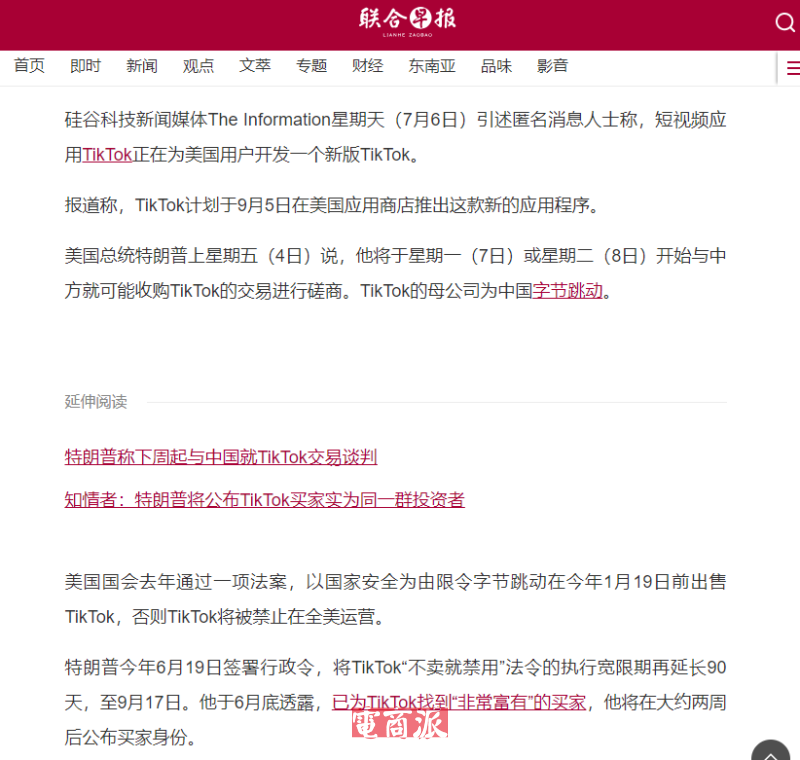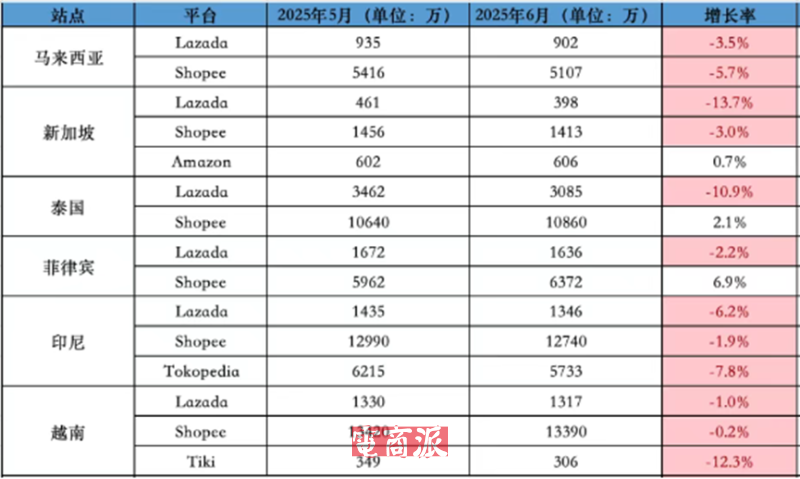post和get

Post and Get are two of the most commonly used HTTP methods
which are essential in web development. They are used to send and retrieve data between the client and server
making it possible to create dynamic and interactive websites. In this article
we will explore the differences between Post and Get
as well as the advantages and disadvantages of each method.
Post Method:
The Post method is used to send data to a server for processing. When a user submits a form or performs an action on a website
the data is sent to the server using the Post method. This method is often used when submitting sensitive information
such as login details or payment information
as it sends data in the request body
which is not visible in the URL.
Advantages of Post Method:
1. Secure: As mentioned earlier
the Post method sends data in the request body
making it more secure compared to the Get method
which sends data in the URL. This makes it ideal for transmitting sensitive information.
2. Unlimited data: The Post method has no size limit
allowing you to send large amounts of data to the server without any restrictions. This makes it suitable for uploading files or submitting lengthy forms.
3. Data is not cached: Data sent using the Post method is not cached by the browser
making it more reliable for sending updated and accurate information to the server.
Disadvantages of Post Method:
1. Slower: The Post method is generally slower compared to the Get method
as it requires more data to be transferred and processed by the server. This can result in longer loading times for web pages that rely heavily on the Post method for data submission.
2. Non-idempotent: The Post method is non-idempotent
meaning that multiple identical requests will have different outcomes. This can lead to issues with data consistency and result in unintended actions being performed on the server.
Get Method:
The Get method is used to retrieve data from a server. When a user enters a URL in their web browser or clicks on a link
the Get method is used to request and receive data from the server. This method sends data in the URL
making it visible and easier to bookmark or share.
Advantages of Get Method:
1. Faster: The Get method is generally faster than the Post method
as it sends data in the URL
which requires less processing by the server. This results in quicker loading times for web pages that rely heavily on the Get method for data retrieval.
2. Idempotent: The Get method is idempotent
meaning that multiple identical requests will have the same outcome. This makes it more predictable and reliable for retrieving data from the server.
3. Bookmarkable: Data sent using the Get method is included in the URL
making it easier to bookmark or share links to specific pages or resources on a website.
Disadvantages of Get Method:
1. Limited data: The Get method has a size limit of approximately 2
083 characters
which can restrict the amount of data that can be sent to the server. This can be a limitation for websites that require the submission of large amounts of data.
2. Limited security: Data sent using the Get method is visible in the URL
making it less secure compared to the Post method. This can pose a security risk for transmitting sensitive information.
In conclusion
both the Post and Get methods have their advantages and disadvantages
and the choice between them depends on the specific requirements of the web development project. While the Post method is more secure and suitable for sending sensitive information
the Get method is faster and more suitable for data retrieval. Understanding the differences between these two methods is essential for creating efficient and secure web applications.
 邮件群发-邮件群发软件|邮件批量发送工具|群发邮件平台|批量邮箱发送系统公司
邮件群发-邮件群发软件|邮件批量发送工具|群发邮件平台|批量邮箱发送系统公司








